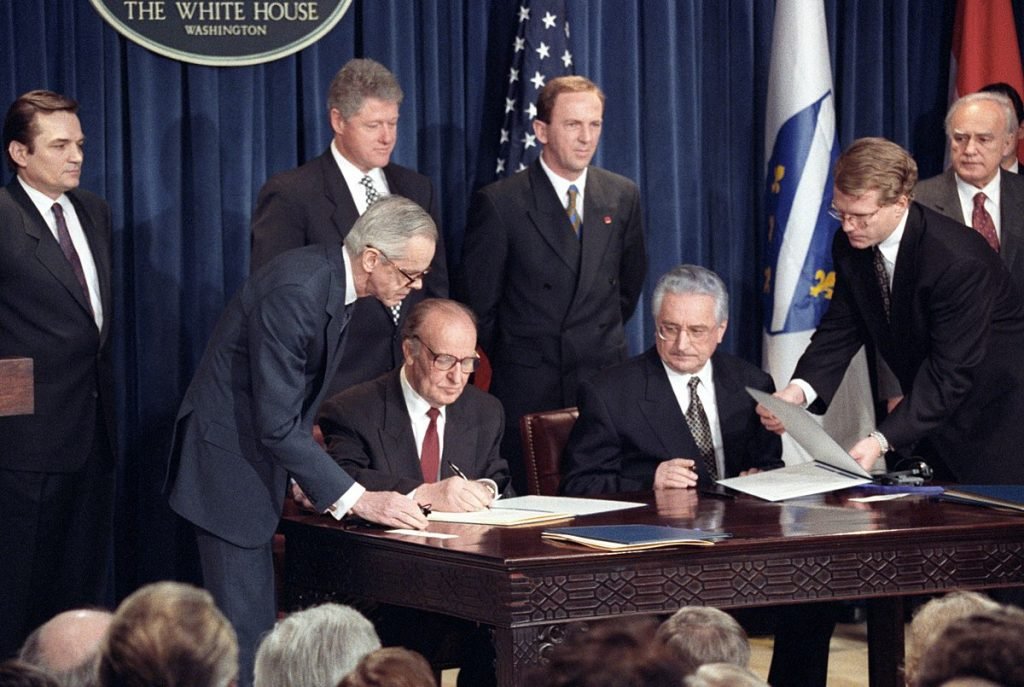The signing of the Washington Agreement in March 1994 marked the end of the Croat-Muslim conflict in Bosnia and Herzegovina (BiH). The initial results of this agreement on the battlefield were visible in Operation “CINCAR” when most of the Kupres plateau, including the town of Kupres which Croatian forces entered on 3 November 1994, were liberated from Serbian forces.

Preparations for the liberation of the Kupres area began at the Tomislavgrad Military District Command in July 1994. The plan was to liberate the area by advancing from Tomislavgrad and Rama while the BiH Army was to launch an attack from Bugojno.
On 22 October 1994, the forces of the 7th Corps of the Army of Bosnia and Herzegovina broke up Serb defenses and threatened to take Kupres. The liberation of the Kupres plateau was extremely important to the BiH Army in order to end the isolation of the territories around Bugojno that were under their control. On 1 November, the Croatian Defense Council (CDC) joined the fighting and Ravanjska Vrata and several other villages were liberated following the first day of fighting. Serbian forces were expertly fortified and two and a half years of occupation assured that they were additionally secure with strategic placement of minefields throughout the area.

While the main forces led by the 1st Guard “Ante Bruno Bušić” Brigade and the 1st Croatian Guard Association (who joined the fighting on 2 November) marched through the Zanaglin Forest, the 22nd sabotage detachment attacked from the Malovan Mountain and was replaced by the Special Police of the Ministry of the Interior of the Croatian Republic of Herceg-Bosna on 2 November. Thanks to the shifting of troops on the left and right flanks, they were the first to enter liberated Kupres after two days of fierce fighting.

Serb forces were decimated and approximately 600 square kilometres of land was liberated in the first major operation in BiH since 1992. Although the northwestern section of the Kupres plain and surrounding hills remained under the control of Serb forces and provided them the ability to conduct counterattacks, the myth of the invincibility of the Serbian army was shattered and had an extremely positive effect on the morale of Croatian forces and the Croatian people in BiH.
Cover photo – members of the armored battalion of the 1st Guards Brigade of the HVO at the entrance to Kupres
Sources
Literature
Marijan, Davor; Nazor, Ante; Jelić, Mijo Zlatan; Kolakušić, Petar. Domovinski rat i zločini nad Hrvatima u Bosni i Hercegovini, 1991.-1995. Zagreb – Mostar: Udruga Hrvatska zvona; Hrvatski memorijalno-dokumentacijski centar Domovinskog rata, 2020
Monograph 1. hrvatski gardijski zdrug, Zagreb: Ministarstvo obrane Republike Hrvatske, Glavni stožer Oružanih snaga RH, 2011
Graduated with a Master’s Degree in History from the University of Zagreb. He has worked at the Croatian History Museum and as a researcher for the popular TV Calendar program for Croatian Radio and Television. He has authored several books and documentaries about Croatia’s Homeland War and is the creator/producer of the immensely popular “It Happened on this Day – Homeland War” Facebook page as well as the online portal Domovinskirat.hr. Borna also is the host and editor of the daily segment “Patriotic Minutes” on Croatian Catholic Radio. He created CroHis to promote the values of the Homeland War and ensure that the sacrifices of those who defended Croatia’s independence would not be forgotten.

